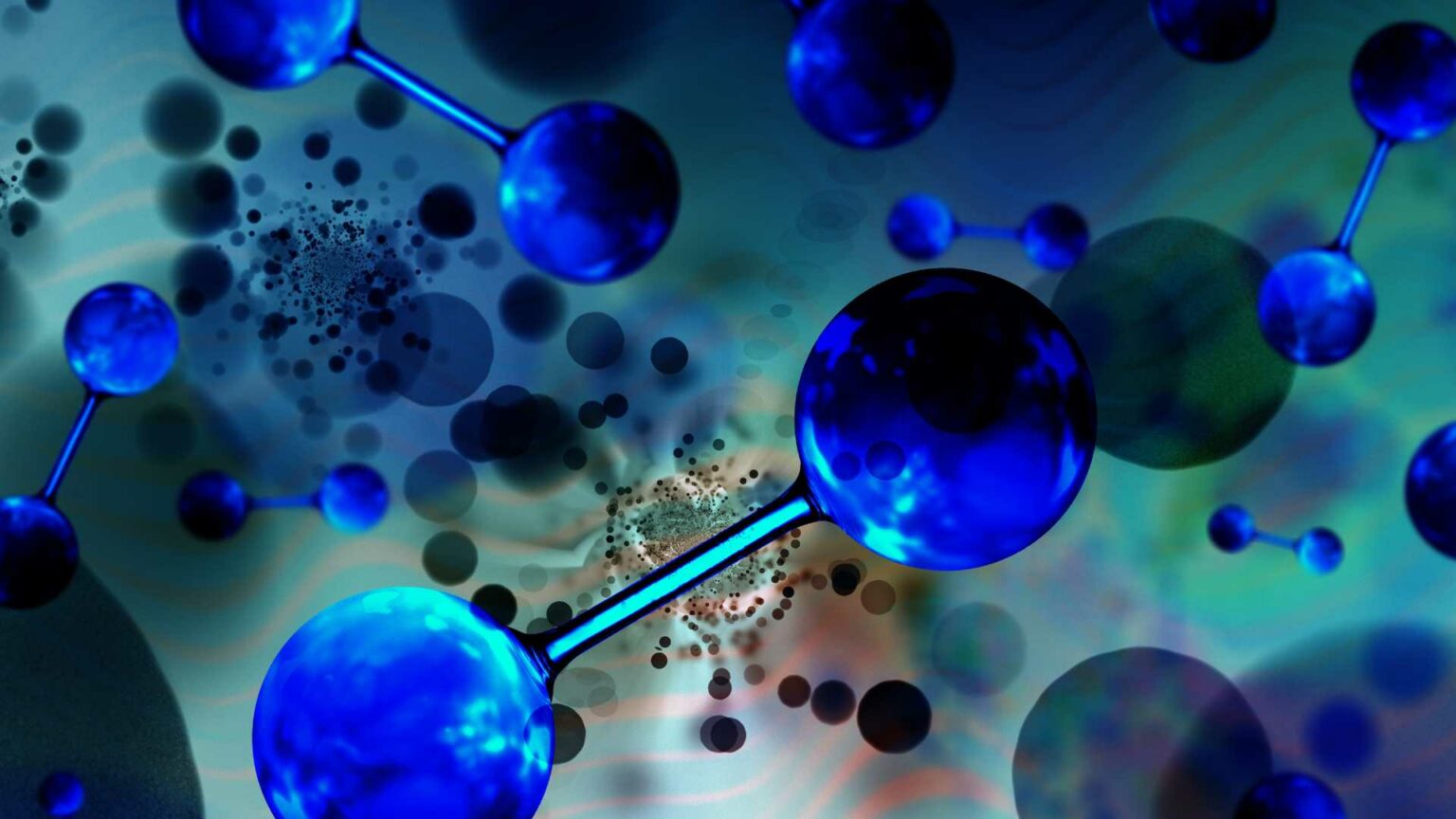In a study published in the International Journal of Hydrogen Energy, researchers led by Murphy M. Peksen have revealed insights into the thermomechanical and dynamical mode switch transitions of reversible solid oxide cells (RSOCs).
This research aims to deepen our understanding of RSOCs, which are instrumental in the hydrogen energy sector for their dual-functional capability—operating as both fuel cells and electrolyzers.
The ability of RSOCs to act as both hydrogen producers and electricity generators showcases their potential in advancing hydrogen energy technologies. This dual functionality is particularly advantageous for integrating renewable energy sources and creating efficient energy storage solutions, marking this study as a cornerstone for future research and development in the industry.
Peksen’s study delves into the precise mechanisms governing the thermomechanical and dynamical transitions in RSOCs. Key findings indicate that:
1. Mode Switching Dynamics: The transition between fuel cell mode and electrolysis mode involves complex thermal and mechanical changes.
2. Efficiency Optimization: Identifying critical points where these transitions occur can lead to optimized operational protocols, enhancing overall efficiency and lifespan of RSOCs.
3. Material Resilience: The research highlights the resilience of RSOC materials under varying operational stresses, which is crucial for their durability and commercial viability.
Potential Applications
These findings open several doors for practical applications, including:
– Enhanced Energy Storage: Improved RSOC efficiency can lead to more effective integration with renewable energy sources, providing better energy storage solutions.
– Industrial Hydrogen Production: Optimized RSOCs can facilitate large-scale hydrogen generation for industrial applications, aiding in the transition to green energy.
– Grid Support: The dual functionality of RSOCs can support grid stability by switching between electricity generation and hydrogen production based on demand.
The study employs advanced thermomechanical simulation techniques to map out the dynamical transitions at a microscopic level. By integrating experimental data with computational models, the researchers offer a detailed view of the internal processes within RSOCs.





